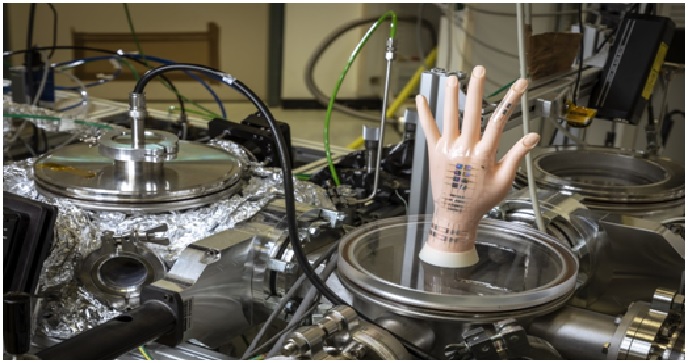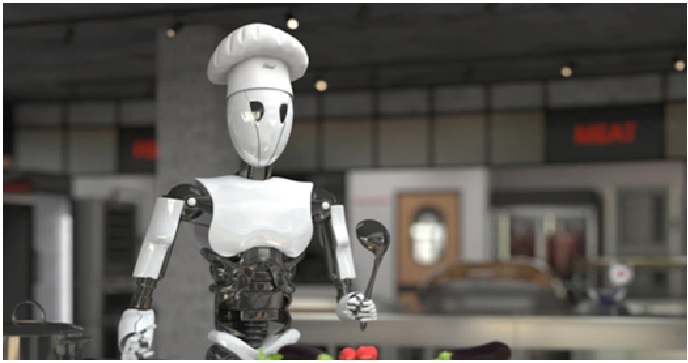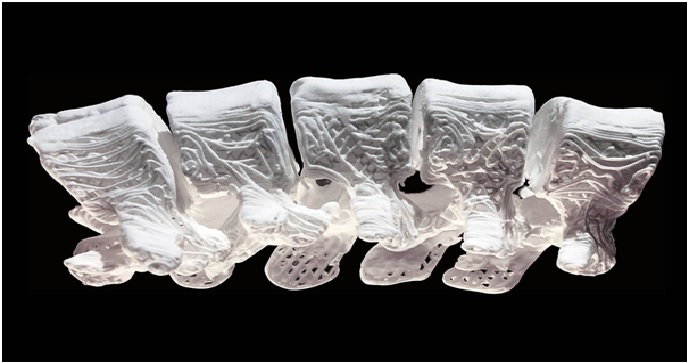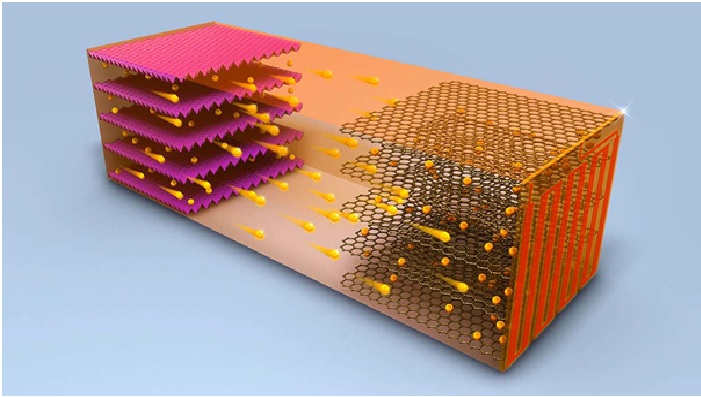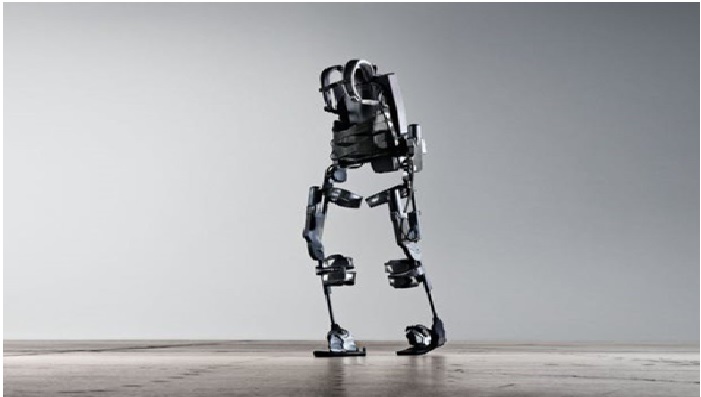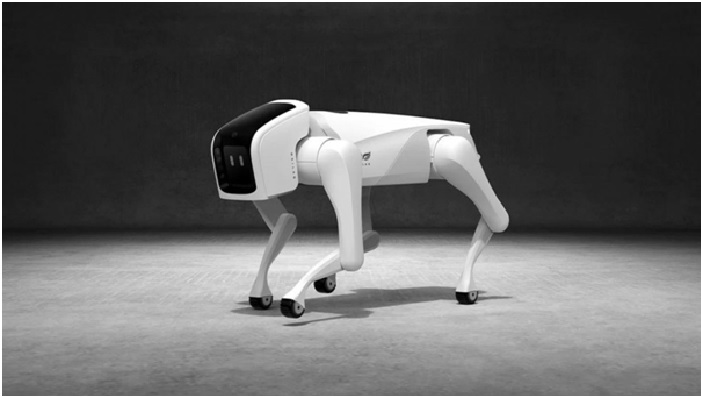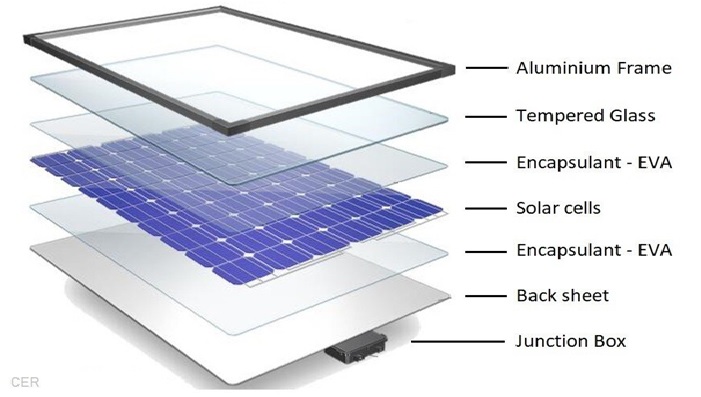The Realistic Performance of 3D Holograms
The vast majority of visual effects called "holograms" are nothing of the sort. What we all want, when we think of "holograms," is something that seems to appear in space, [1] just like a real object would. Not something confined inside a special tiny screen, only viewable from a narrow angle.

Figure 1. The Realistic Hologram
Laser light is much purer than the ordinary light in a flashlight (torch) beam. In a flashlight beam, all the light waves are random and jumbled up. Light in a flashlight beam runs along any old how, like schoolchildren racing down a corridor when the bell goes for home time. But in a laser, the light waves are coherent: they all travel precisely in step, like soldiers marching on parade. The figure 1 show the holograms.
When a laser beam is split up to make a hologram, the light waves in the two parts of the beam are traveling in identical ways. [2] When they recombine in the photographic plate, the object beam has traveled via a slightly different path and its light rays have been disturbed by reflecting off the outer surface of the object. Since the beams were originally joined together and perfectly in step, recombining the beams shows how the light rays in the object beam have been changed compared to the reference beam. In other words, by joining the two beams back together and comparing them, you can see how the object changes light rays falling onto it—and that's simply another way of saying "what the object looks like." This information is burned permanently into the photographic plate by the laser beams. So a hologram is effectively a permanent record of what something looks like seen from any angle.
Holograms deliver an exceptional representation of 3D world around us. Plus, they’re beautiful. (Go ahead — check out the holographic dove on your Visa card.) Holograms offer a shifting perspective based on the viewer’s position, and they allow the eye to adjust focal depth to alternately focus on foreground and background.
Researchers have long sought to make computer-generated holograms, but the process has traditionally required a supercomputer to churn through physics simulations, which is time-consuming and can yield less-than-photorealistic results. [3] Now, MIT researchers have developed a new way to produce holograms almost instantly — and the deep learning-based method is so efficient that it can run on a laptop in the blink of an eye, the researchers say.
Inspired by the displays of science fiction, the researchers have also engineered battles between equally small versions of the Starship Enterprise and a Klingon Battle Cruiser that incorporate photon torpedoes launching and striking the enemy vessel that you can see with the naked eye.
“What you’re seeing in the scenes we create is real; there is nothing computer generated about them,” said lead researcher Dan Smalley, a professor of electrical engineering at BYU. “This is not like the movies, where the lightsabers or the photon torpedoes never really existed in physical space. [4] These are real, and if you look at them from any angle, you will see them existing in that space.”
Scientists are one step closer to turning science fiction into reality. [5] A new 3-D display system developed by researchers in Canada, is able to transmit a full-size, 360-degree image of a human that can be seen without any special gadgets like headsets or fast-moving mirrors.
The futuristic technology could usher in a new era of ultra-realistic "telepresence," ranging from remote participation in meetings and conferences to virtual on-stage appearances at concerts.
The projected 3-D image looks real from any angle, and to multiple viewers from different angles, said Roel Vertegaal, a professor of human-computer interaction at Queen’s University in Ontario, Canada, and lead researcher of a new study about the technology. If you walk around to the side or back of the cylindrical screen, he added, you’ll see a side view or back view of the person “inside” it.
References:
- https://www.cnet.com/tech/holograms-get-real-startup-creates-objects-out-of-light-and-thin-air/
- https://www.explainthatstuff.com/holograms.html
- https://news.mit.edu/2021/3d-holograms-vr-0310
- https://scitechdaily.com/hologram-experts-can-now-create-real-life-images-that-move-in-the-air-like-a-a-3d-printer-for-light/
- https://www.nbcnews.com/mach/science/futuristic-hologram-tech-promises-ultra-realistic-human-telepresence-ncna871526
Cite this article:
Vinotha D (2022), The Realistic Performance of 3D Holograms, AnaTechMaz, pp.97


